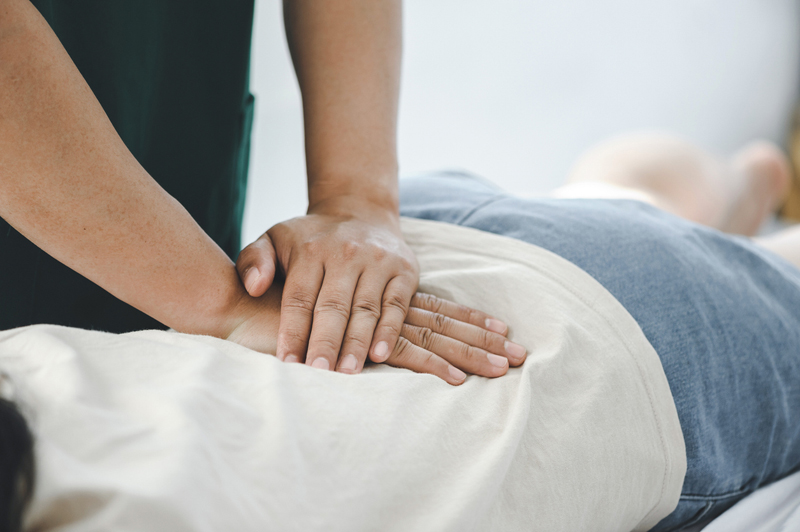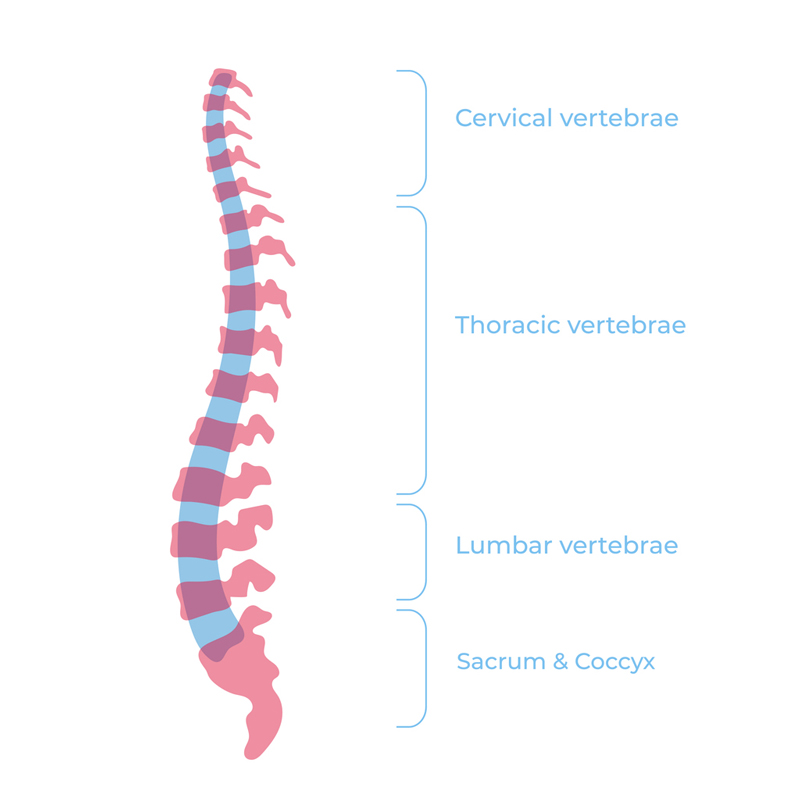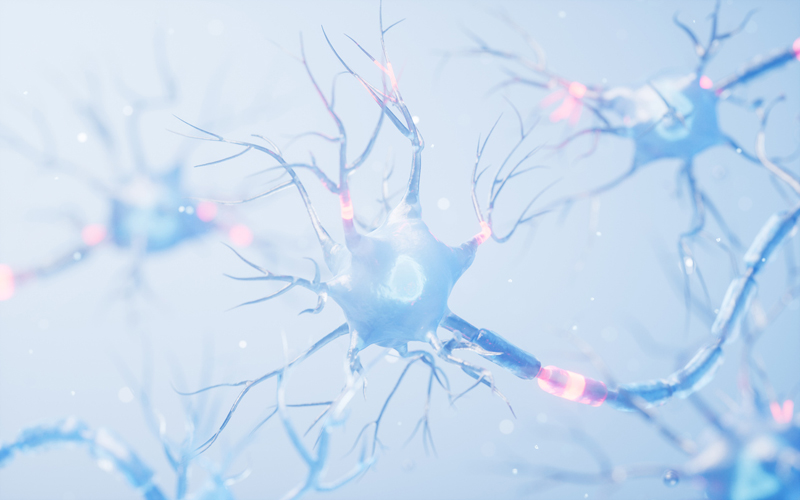About Your Chiropractor Visit

Call our friendly reception team on 01642 633888 or email us via the contact form and book an appointment
If you prefer you can arrange to speak to a practitioner and check if your specific condition is suitable for treatment before making an appointment. Call and ask one of our friendly reception team.
Current prices for Initial Assessment Consultations and Follow-Up Treatments are available on the Healthcare & Pricing page.
Once your booking is in the diary system you will receive a confirmation email. And a text reminder will be sent before your appointments.
The next step is completing a questionnaire. It really helps us to get to know more about you.
We will email you a link to complete an “Initial Assessment Questionnaire” after booking from a platform called “Care Response”.
Complete it in a few minutes in the comfort of your own home. The questionnaire, and short follow up versions as treatment continues, are an important part of your care. They help us learn as much as possible about you and your health. And your progress through treatment will be measured.
Complete the questionnaire before your Initial Assessment appointment to make the most of your time with your chiropractor.
The questionnaire collects information about your medical history, along with any relevant family medical history and previous treatments you may have had. It also includes information about your work/lifestyle and the levels of pain you have been experiencing, and how the pain affects your life.
You are ready for your Initial Assessment appointment once you complete the questionnaire. Read more about the Initial Assessment below…
The Initial Assessment appointment lasts up to 1 hour and involves taking a thorough history. We listen closely to you and the problems you have been experiencing.
It also includes a thorough examination. We will then be in a position to give you your report of our findings and discuss options.
We will agree a plan with you for the follow up treatment sessions.
The Initial Assessment ensures we get to know you and your needs properly, but also enables us to make sure treatment is tailored, appropriate and safe for you.
If appropriate your chiropractor will start treatment in this session.
At the Initial Assessment appointment your practitioner will have agreed with you an individual treatment plan. The plan will include letting you know how many Follow-Up Treatments and what exercises/activities they think you will need.
Follow-Up Treatment appointments last approximately 20-30 minutes. Current prices for Follow-Up Treatments are available in the Healthcare & Pricing section.
The amount of days between treatments is tailored to the individual and what works best for them. To start with, treatment will focus on improving your ability to move, and reducing pain levels.
As soon as you are feeling improved, we will focus on what you want to get back to doing and tailor your management plan to support you.
Treatment may involve chiropractic manipulation or mobilisation of joints, as well as soft tissue work, low level laser or western medical acupuncture alongside advice and exercises you can do to improve the way you move and get you back doing what you love doing.
We will discuss the type of treatment used with you first, to make sure you are comfortable with it.
About Chiropractic
Chiropractic is a profession or specialism rather than a treatment in itself.
Chiropractors diagnose, treat and prevent problems associated with the structure and function of the bones, joints, muscles and nerves of the back.
Chiropractors use manipulation techniques, also called adjustments, alongside many other techniques to treat patients.
The emphasis is on the spine but back problems manifest themselves in other areas of the body too.
The body will compensate for back problems. Walking differently or restricting movements for instance can generate problems elsewhere.
Conversely, problems in the leg or arm often times leads to spinal issues.
Chiropractic often helps people with a range of conditions in addition to low back pain:
- neck pain
- shoulder pain
- elbow pain
All arising from associated musculoskeletal conditions of the back and neck.
Chiropractic also helps with migraine prevention, headaches arising from the neck as well as hip pain and knee pain from osteoarthritis.
Chiropractic care involves creating a management plan with treatments tailored to the individual patient. Manual therapy is usually at the core of the plan.
Manual therapy, for low back pain, is defined by NICE (National Institute of Clinical Excellence):
- Spinal Manipulation – a low-amplitude, high-velocity movement at the limit of joint range that takes the joint beyond the passive range of movement.
- Spinal mobilisation – joint movement within the normal range of motion.
- Massage– manual manipulation or mobilisation of soft tissues.
Collectively these are all manual therapy.
A chiropractor uses hands-on manual therapy, which can be customized to the patient’s needs.. It may also involve using a gentle instrument called an ‘activator’ and trigger point therapy.
Aspects of your care may also include:
- Strengthening exercises,
- Western medical acupuncture
- Massage therapy/sports massage therapy.
- Podiatry
- Advice and support to help at home and work.
Chiropractors use manual therapy, a comfortable treatment involving hands-on techniques, to modify and adapt treatments for individual patients.
An area may already be tender or painful through inflammation, swelling or bruising but chiropractic manipulation should be comfortable.
People sometimes hear clicking noises during manipulation, which is perfectly normal. It sounds surprising but is not painful.. It sounds surprising but is not painful. Contrary to portrayals in popular culture the ‘crack’ is not doing the work. It is occasional and incidental.
Synovial fluid lubricates joints, and gases are produced as a byproduct of its formation. Manipulating a joint causes gas to be released, resulting in the popping sound.
Because chiropractic care involves a range of different techniques, and manual therapy is adaptable to individual patients, chiropractic is suitable for people of all ages from new borns to seniors.
After treatment many people feel no discomfort at all.
Sometimes people experience tiredness or can be little achy afterwards. It is similar to the feeling they would have the day following a mild work out or moderate exercise. This post treatment feeling can last up to 48 hours. Equally many people can feel pepped up and re-energised.
Your chiropractor will inform you of the risks and benefits of your individual management plan at the initial consultation before you consent to treatment.
Chiropractic on the NHS depends where you live in the UK. Unfortunately chiropractic is not currently available through the NHS in Teesside.
The General Chiropractic Council (GCC) regulates chiropractic. Chiropractors must register with the GCC to practice legally.
Any chiropractor must have undertaken a minimum of 4 years of training. They must also demonstrate professional development activity throughout their career to remain registered.

About Your Back
Your back is a complex structure that consists of:
- Joints – tiny joints in the spine which allow movement.
- Shock absorbing discs (intervertebral discs) that cushion forces on the bones and allow the spine to bend.
- Ligaments to hold vertebrae and discs together.
- Tendons to connect muscles to vertebrae.
- Spinal cord (carries nerves from the brain to the rest of the body).
- Nerves.
- Muscles.
It is divided into different regions:
The upper back or neck is referred to as the cervical region and is made up of the uppermost 7 vertebrae which are known as C1 to C7.
The cervical region bears the weight of your head, which is actually very heavy! The cervical region is therefore doing quite a bit of work, keeping you head held high, and has connections to your shoulders.
The middle part of the back is referred to as the thoracic region and is made up of 12 vertebrae which are known as T1 to T12.
It can be prone to problems due to poor posture, for example from sitting for too long with desk based office work
The low back is referred to as the lumbar region and is made up of 5 vertebrae which are known as L1 to L5.
This region carries the whole weight of your upper body and of course any objects you are carrying around. The lumbar region is therefore under continuous load as well as the additional pressure of bending, twisting and lifting. Its a pretty key piece of kit and is well worth looking after!

About Chronic Pain
,Persistent pain, also known as chronic or complex pain is a big problem. In 2019 an NHS digital survey fond the prevalence of chronic pain in adults was 34%. That’s over 18 million people in the UK and the figure is climbing.
For such an apparently common problem there is great deal of misunderstanding and lack of knowledge about it, even within the medical profession. We have put together a couple of short videos to explain some of the basics.

Explaining Pain Video 1
The Brain Generates Pain
Explaining Pain Video 2
Pain Is Protection
Explaining Pain Video 3
Neuroplasticity
